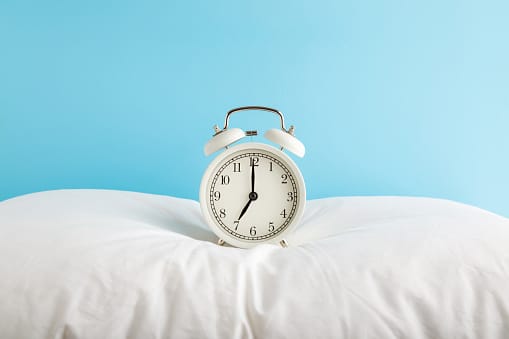Twice a year, on the second Sunday in March and the first Sunday in November, most Canadians adjust their clocks by one hour in accordance with daylight savings time. The first daylight savings time of 2022 has come and gone on this past Sunday March 13th. On Sunday, March 13th, the clocks will spring forward by one hour. Whether you look forward to or dread the twice-yearly time changes, you have probably at some point wondered where the term and practice of ‘daylight savings’ comes from. The concept of daylight savings has been around for over a century, and its history is rooted in the war effort. During World War One in 1915, Germany was the first to put forth and practice the idea of “saving” daylight, a procedure which was subsequently followed in other countries in the next few years in Europe. Their line of thinking was that the sunrise occurred before most people were awake in the morning, and therefore the time could be better utilized – particularly during the war. In addition, less energy would be needed to keep light in homes and other buildings. Daylight savings, or pushing the clock forward, was the solution. In 1918, Canada enacted Daylight Saving Time in an effort to conserve resources and allow for more daylight time during the day.
The practice of daylight savings in most countries during WWI ended with the war, and was not reinstated until WWII. In the present day, daylight savings time is decided provincially, and while most areas in Canada continue to move the clocks ahead or behind by one hour twice yearly, there are a few exempt examples, including Saskatchewan, the Yukon, and certain areas of Northern British Columbia, all of which do not observe daylight savings.
Some people look forward to November’s daylight savings date with the prospect of gaining an extra hour, while dreading losing that hour come April. Beyond gaining or losing that hour of time, time changes mean a disruption to your body’s internal clock, which is why your mood may sometimes feel a bit ‘off’ after a daylight savings date, and not just when we get one hour less of sleep. Your body’s internal clock, or your circadian rhythm, operates on a twenty-four hour cycle, and so when the clocks spring forwards or backwards, the body’s circadian rhythm is interrupted. This is especially noticeable in April when one hour is lost. During this time, you are likely to feel more tired than usual, and you may even feel moodier or more anxious due to the disruption of your internal clock.
In addition to the disruption of the circadian rhythm, daylight savings means a change in daylight times, or when your body is exposed to natural light. Particularly in November, when days become significantly shorter in the leadup to the winter solstice, the lack of natural light can affect your mood. Increasing time spent outdoors and continuing to keep your body active are great ways to stay on top of these possible mood disturbances.
With the April daylight savings date having come and gone, the good news for us in the Northern Hemisphere is that longer days and climbing temperatures are ahead.
Sources:
“Springing Forward, Falling Back: The History of Time Change.” CBC News, 31st October 2008.





